Understanding the Types of Holes
The term "hole" encompasses various forms and applications across different industries. In basic terms, a hole is an opening, pit, or void in a solid object or surface, and can be classified into several types based on their size, shape, and purpose. Here are some leading examples:
- Drilled Holes: Often used in construction and woodworking, these are precision-made openings created using drills for electrical fixtures or hardware installations.
- Ventilation Holes: Commonly found in mechanical systems, these holes serve essential roles in allowing airflow to maintain optimal temperatures and prevent overheating.
- Weep Holes: Used in building structures, these openings help in draining moisture from the walls, ensuring longevity and preventing structural issues.
- Punched Holes: A method used primarily in manufacturing, punched holes are formed using a punch press, typically for materials like metal, plastic, or paper.
Function and Feature of Holes
Holes play critical roles across many applications, each serving specific functions within their respective contexts. Here’s a look at what makes holes versatile:
- Drainage: Holes effectively channel water away from areas prone to pooling, essential in landscaping and construction environments.
- Fastening: Holes accommodate screws, nails, or bolts, making them integral for assembling different parts in machinery, furniture, or other products.
- Sound and Light Passage: Holes can allow sound waves or light to penetrate materials, enhancing aesthetics and functionality in design.
- Weight Reduction: Holes frequently serve to decrease weight without compromising structure, particularly in aerospace and automotive industries.
Applications of Holes in Various Industries
The presence of holes is felt across multiple sectors due to their pragmatic applications. Here are some notable uses:
- Construction: Holes are essential for establishing foundations, wiring, and plumbing installations, ensuring that all components sit securely without risk of shifting.
- Manufacturing: From automotive parts to metal frames, holes help in assembling products, allowing for precise fitting and alignment.
- Electronics: Holes facilitate the installation of circuit boards and components, playing a vital role in the miniaturization of technology.
- Art and Design: Artists utilize holes creatively in sculptures and installations to build interactive experiences, using space to evoke feelings or thoughts.
Advantages of Using Holes Appropriately
The presence of holes in design and applications brings several benefits, contributing to enhancing overall functionality, efficiency, and aesthetic qualities:
- Enhanced Functionality: Holes often increase the versatility of a product, allowing for various applications without needing extensive redesign.
- Improved Aesthetics: Strategic placement of holes can create visually pleasing designs, often drawing attention to certain features or functionalities.
- Cost Efficiency: Properly designed holes can reduce material usage, ultimately saving on production costs while still assuring strength and durability.
- Reduced Maintenance: Holes can assist in ease of access for maintenance, allowing for straightforward inspections and repairs in machinery and structures.


































































































































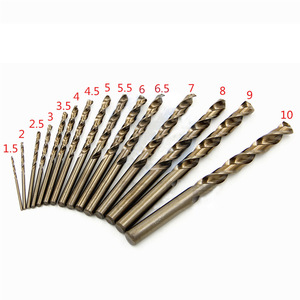


























































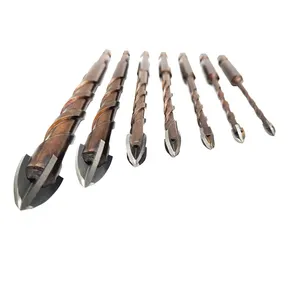








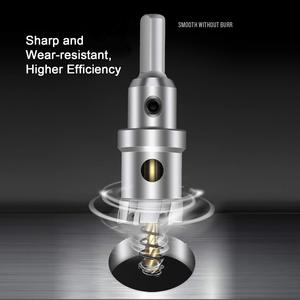

























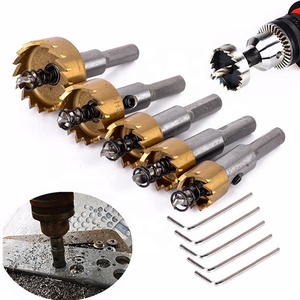























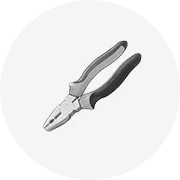
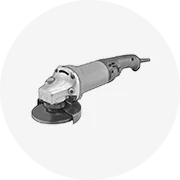
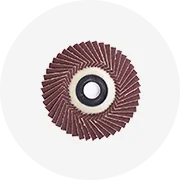
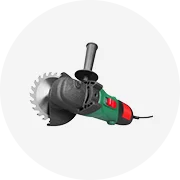
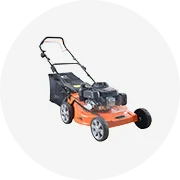
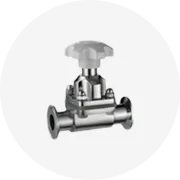
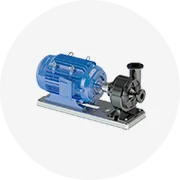
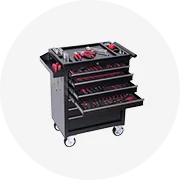
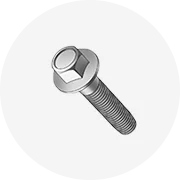

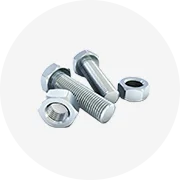
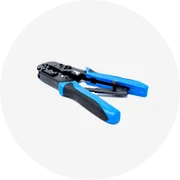
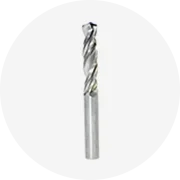
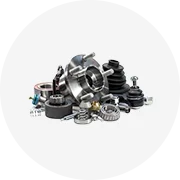
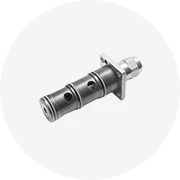
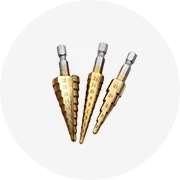






 浙公网安备 33010002000092号
浙公网安备 33010002000092号 浙B2-20120091-4
浙B2-20120091-4